
Last week we reported that Android Auto for Phone Screens is set to die off in the very near future, leaving Google Assistant Driving Mode as the only path forward for Android users looking for a car-friendly user interface. While Google often kills products in a way that’s necessary to build something better, it’s pretty hard to see that argument this time around.
What is Google Assistant Driving Mode?
Announced back in 2019, Google Assistant Driving Mode was designed to replace the version of Android Auto that ran natively on your smartphone. It was never intended to replace what you see in cars, as Google is still building on that experience today.
Google Assistant Driving Mode arrived, finally, in January 2021. Later that year, it picked up a revamped interface. The default interface shows a “Where to?” search box for navigation, music recommendations, and shortcuts to send a text message or start a phone call using your voice. The experience can also show music and navigation at the same time, with music support in YouTube Music, Spotify, and other apps.
Just a few months after Driving Mode rolled out to everyone, Google confirmed that it would be the only interface for Android phones in the car, subsequently killing support for Android Auto for Phone Screens on Android 12 that year. In June 2022, Google confirmed that older versions of the platform would also lose access “soon.”
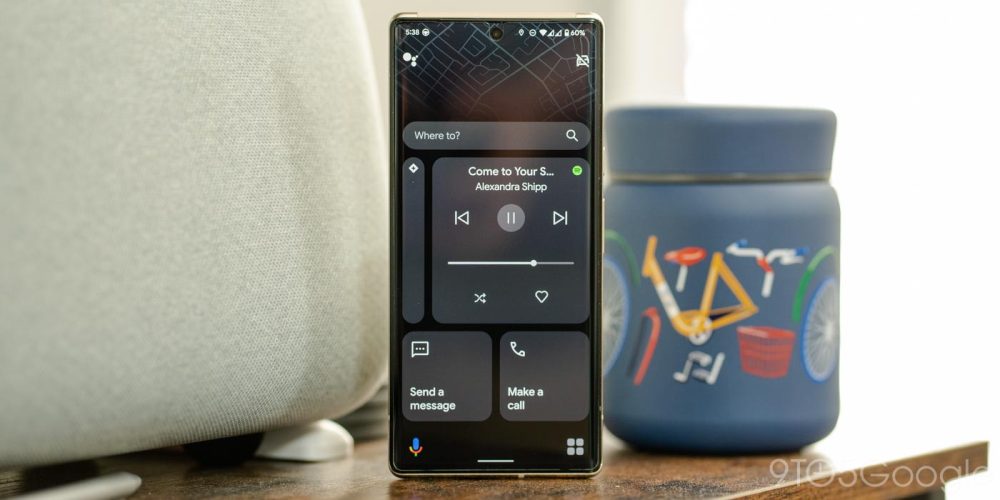
What is Android Auto for Phone Screens?
Android Auto for Phone Screens, meanwhile, was a stop-gap while we were waiting for Assistant’s Driving Mode. The standalone app arrived in a time of transition. Originally, this experience was built into the primary Android Auto app, but it was removed as Assist Driving Mode came onto the scene. When it became clear the new experience wouldn’t be arriving on schedule, Google conceded and released “Android Auto for Phone Screens” onto the Play Store.
Why release a new app? Primarily, because of the timing. With the release of Android 10, Google had started hiding the Android Auto app from the app drawer on Android phones, instead putting those functions in the native settings menu. Google also had just announced a revamped user interface for Android Auto, which we’ve now known for about three years. Rather than build that revamped UI for phone screens, Google opted to just leave the original in its own silo.
Just like the original Android Auto experience, Android Auto for Phone Screens offered Google Maps integration for navigation, a touch-optimized app for phone calls, and a touch-optimized version of your audio apps such as Google Podcasts, Spotify, and more.

Do they have all of the same features?
Background aside, how do these two services compare? Realistically, they have a lot of the same core features, but there are some definite reasons to want one over the other. Let’s break it down.
Perhaps the biggest difference between these two experiences comes from how you access them. Android Auto for Phone Screens installs through the Play Store and shows up as an app on your homescreen or in your app drawer. That’s it. No fuss.
Google Assistant Driving Mode, meanwhile, is a bit more complicated to access. The easiest way to open it up is using a voice command; “Hey Google, launch Driving Mode” is one of the most reliable ways to do this. Once launched for the first time, you can tap on the icon in the bottom corner and use the “add driving mode to home screen” shortcut to speed up access in the future. You can also set the experience to launch when you connect to your car’s Bluetooth – Android Auto for Phone Screens also does this – or when your phone detects that you are driving.
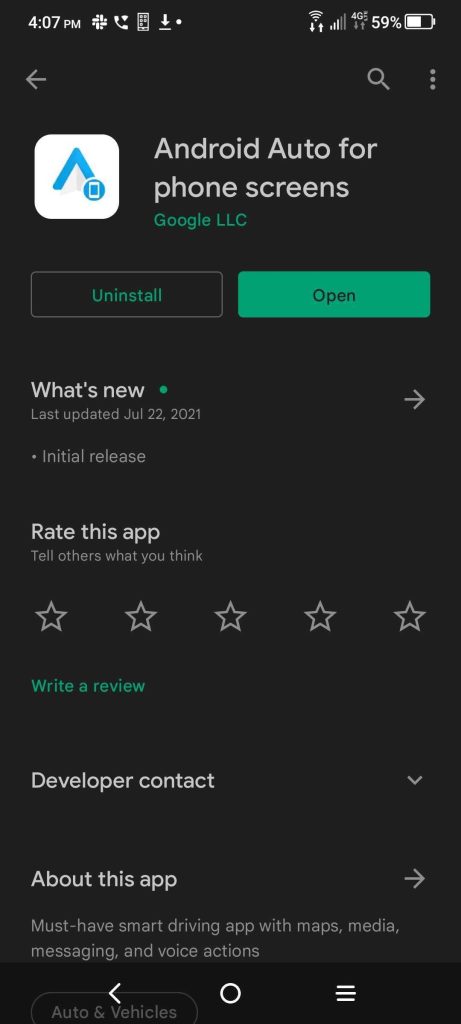



Google Assistant Driving Mode is, at the end of the day, equally easy to access, but Android Auto for Phone Screens is most definitely a more straightforward experience for the vast majority of folks.
Perhaps the biggest thing that Google Assistant Driving Mode has going against it compared to Android Auto for Phone Screens is simply that you can’t use it in landscape mode. If you turn your phone to the side, Driving Mode won’t turn with it.
Despite one Google employee saying over a year ago that landscape support was in the works, it still hasn’t arrived.

Both Google Assistant Driving Mode and Android Auto for Phone Screens support multiple media apps, but Driving Mode is likely much more future-proof. Still, there’s something to be said about implementation.
With Assistant Driving Mode, all apps only show a list of recommended albums, playlists, and more. Android Auto, meanwhile, has a full app experience where you can browse your full library. Driving Mode’s version of this is very limited.
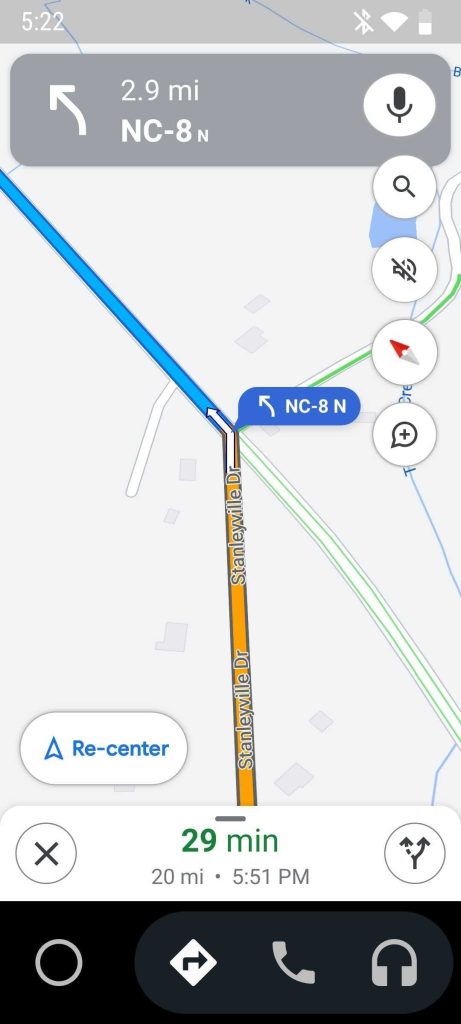

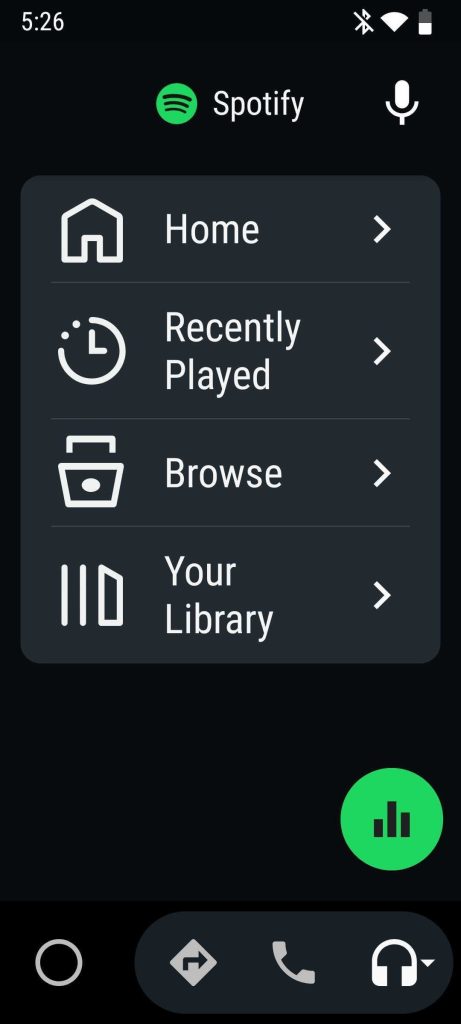
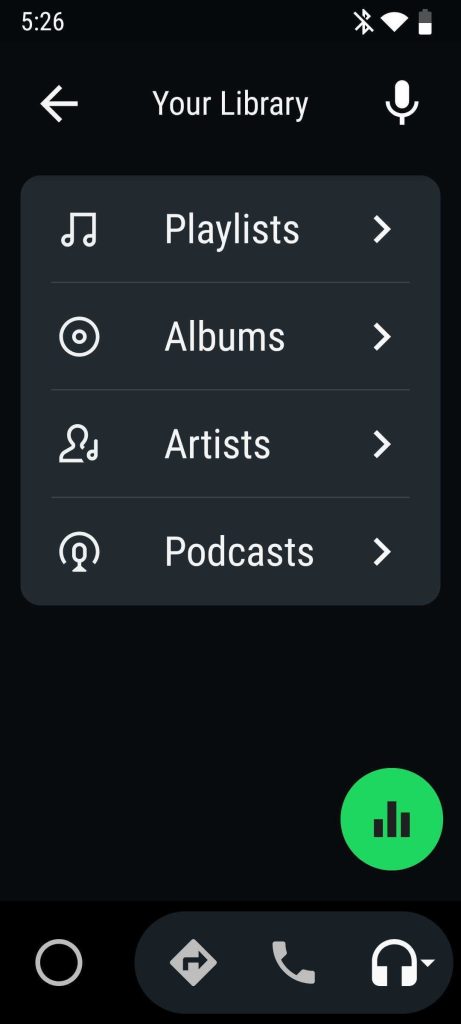
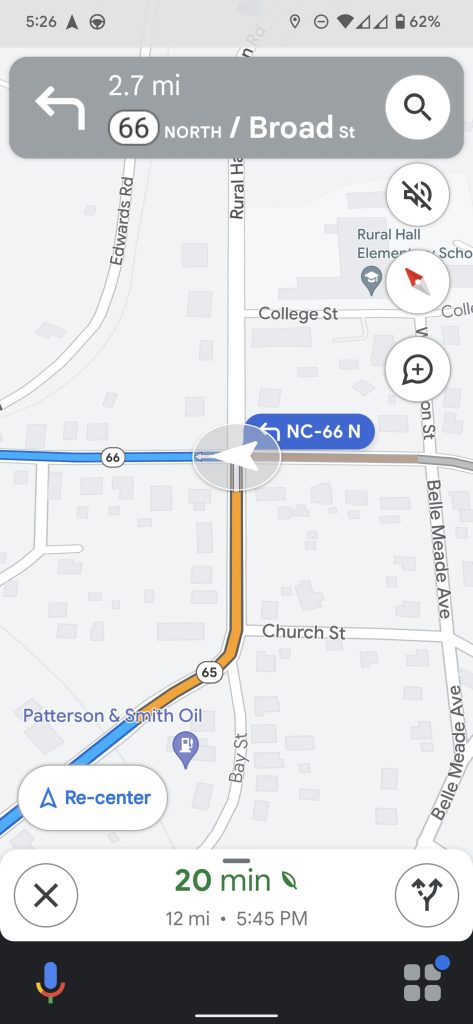
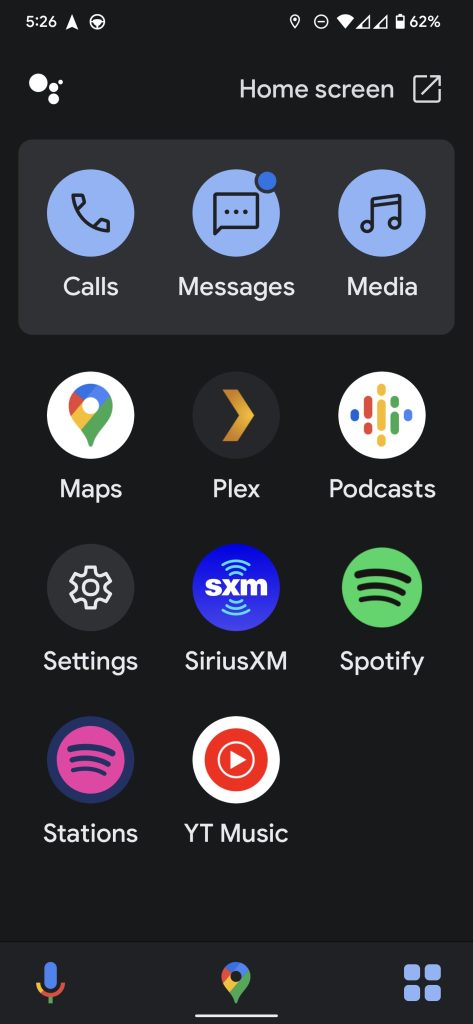

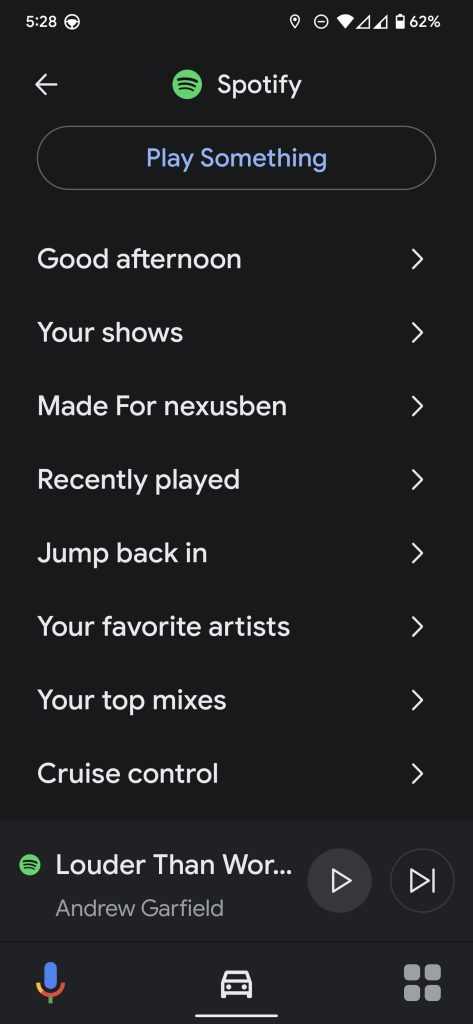
Neither experience, though, supports multiple navigation apps – you’ll be using Google Maps no matter what.
Here’s one important note to remember when comparing Android Auto for Phone Screens to Assistant Driving Mode – the newer one is region-locked. In a classic Google move, the newer experience is region locked to a limited list of countries, where Android Auto for Phone Screens is available in most regions.
You can use Assistant Driving Mode in Australia, Canada, France, Germany, India, Italy, Mexico, Spain, United Kingdom, and the United States.
It could be worse, but this situation isn’t ideal.
Google Assistant Driving Mode has come a long way from the incredibly underwhelming preview that launched two years after its initial announcement. Yet, three years after Google set itself down this path, it still feels like a half-baked replacement to Android Auto. There are glaring omissions and users that will lose access to everything as a result of this change.
It makes sense for Google to want to close off the existing Android Auto for Phone Screens app – it’s now a full generation out of date, and there’s another revamp to Android Auto around the corner. But Assistant Driving Mode isn’t the replacement most folks wanted.
Android Auto for Phone Screens was an easily accessible, easy-to-use tool that made driving in the car better and safer. It will be sorely missed, especially if Driving Mode doesn’t get its act together soon.
More on Android Auto:
- Android Auto for Phone Screens is officially dying for everyone
- Android Auto 7.8 starts rolling out as Google ‘tests’ setup for some beta users
- Motorola MA1 wireless Android Auto adapter launched at Best Buy, where it’s also sold out
Author: Ben Schoon
Source: 9TO5Google



